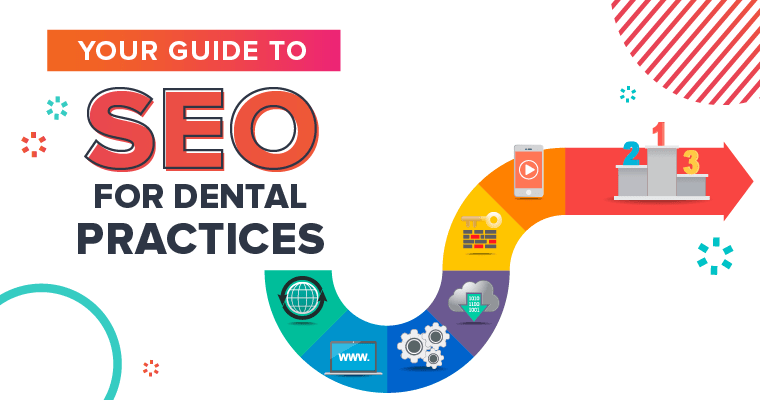7 Actionable Steps for Crafting a Professional Marketing Plan for Your Gym
Marketing your gym effectively is crucial for attracting and retaining members in today’s competitive fitness industry. A well-crafted marketing plan serves as a roadmap to reach your target audience, increase brand awareness, and ultimately grow your business. In this comprehensive guide, we’ll walk you through seven actionable steps to create a professional marketing plan tailored specifically to your gym’s needs.
Table of Contents
- Create a Professional Marketing Plan for Your Gym
- Define Your Target Audience
- Set Clear Goals and Objectives
- Conduct a SWOT Analysis
- Develop a Brand Identity
- Implement Multi-channel Marketing Strategies
- Track and Analyze Performance Metrics
- Adapt and Evolve Your Strategy
- Frequently Asked Questions
- How can I leverage social media to market my gym effectively?
- Is email marketing still relevant for gyms?
- What role does content marketing play in gym marketing strategies?
- How can I measure the success of my marketing efforts?
- Should I invest in paid advertising for my gym?
- How often should I review and update my marketing plan?
- Conclusion
Create a Professional Marketing Plan for Your Gym
Crafting a marketing plan for your gym requires careful planning and strategic execution. Follow these steps to develop a comprehensive online marketing strategy that resonates with your target audience and drives tangible results:
Define Your Target Audience
Understanding your target demographic is the cornerstone of any successful marketing plan. Identify the demographics, interests, and pain points of your ideal gym members. Are you targeting busy professionals, fitness enthusiasts, or seniors looking to stay active? Tailor your marketing efforts to resonate with your target audience’s needs and preferences, whether you’re running a small gym, a chain of fitness centers, or a specialized gym marketing agency.

Set Clear Goals and Objectives
Outline specific, measurable goals for your marketing plan. Whether it’s increasing membership sign-ups, boosting attendance at group fitness classes, or promoting personal training services, clearly define your objectives. Setting SMART (Specific, Measurable, Achievable, Relevant, Time-bound) goals will keep your marketing efforts focused and measurable.
Conduct a SWOT Analysis
Evaluate your gym’s Strengths, Weaknesses, Opportunities, and Threats (SWOT) to identify areas for improvement and competitive advantages. Assess internal factors such as facilities, staff expertise, and customer service, as well as external factors like market trends and competitor analysis. Utilize insights from your SWOT analysis to shape your marketing strategies for your gym marketing agency.
Develop a Brand Identity
Establish a strong brand identity that sets your gym apart from the competition in fitness business marketing. Define your gym’s unique selling proposition and brand personality. From your logo and color scheme to your tone of voice and customer experience, ensure consistency across all marketing channels to build brand recognition and loyalty.
Implement Multi-channel Marketing Strategies
Diversify your marketing efforts across various channels to reach a wider audience and maximize exposure. Utilize a mix of online and offline tactics, including social media marketing, email campaigns, influencer partnerships, local advertising, and community events. Tailor your messaging and content to each platform to engage with potential members effectively.
Track and Analyze Performance Metrics
Monitor the performance of your marketing initiatives using key performance indicators (KPIs) such as website traffic, conversion rates, social media engagement, and membership sales. Utilize analytics tools to track ROI and identify areas of improvement. Regularly review your marketing data to optimize your strategies and allocate resources effectively for your gym marketing agency.

Adapt and Evolve Your Strategy
The fitness industry is dynamic, and your marketing strategy must evolve. Stay flexible and responsive to market shifts, customer needs, and technological advancements. Engage with members for feedback, monitor industry trends, and be ready to adjust your approach to outpace competitors in this ever-changing landscape as a SEO guide for gym owners.
Frequently Asked Questions
How can I leverage social media to market my gym effectively?
Social media platforms like Instagram, Facebook, and Twitter offer powerful tools for connecting with potential members. Share engaging content, showcase your gym’s facilities and classes, interact with followers, and run targeted ad campaigns to reach your target audience.
Is email marketing still relevant for gyms?
Absolutely! Email marketing remains a cost-effective and efficient way to communicate with both current and prospective members. Send personalized newsletters, promotions, and event invitations to keep your audience informed and engaged.
What role does content marketing play in gym marketing strategies?
Content marketing allows gyms to provide valuable information, inspiration, and resources to their target audience. Create blog posts, workout videos, nutrition tips, and success stories to position your gym as a trusted authority in the fitness industry.
How can I measure the success of my marketing efforts?
Track key metrics such as website traffic, lead generation, conversion rates, and member retention to gauge the effectiveness of your marketing campaigns. Use analytics tools like Google Analytics and social media insights to monitor performance and make data-driven decisions.
Should I invest in paid advertising for my gym?
Paid advertising can be a valuable component of your marketing strategy, especially for targeting specific demographics or promoting special offers. Experiment with paid search ads, social media ads, and local listings to amplify your reach and drive conversions.
How often should I review and update my marketing plan?
Regularly review your marketing plan and performance metrics to ensure alignment with your business goals and market conditions. Update your strategies and tactics as needed to stay relevant, competitive, and responsive to changing customer needs.
Conclusion
Creating a professional marketing plan for your gym is essential for attracting new members, retaining existing ones, and growing your business. By following these seven actionable steps and leveraging innovative marketing strategies, you can elevate your gym’s brand presence, engage with your target audience, and achieve lasting success in the competitive fitness industry.


















